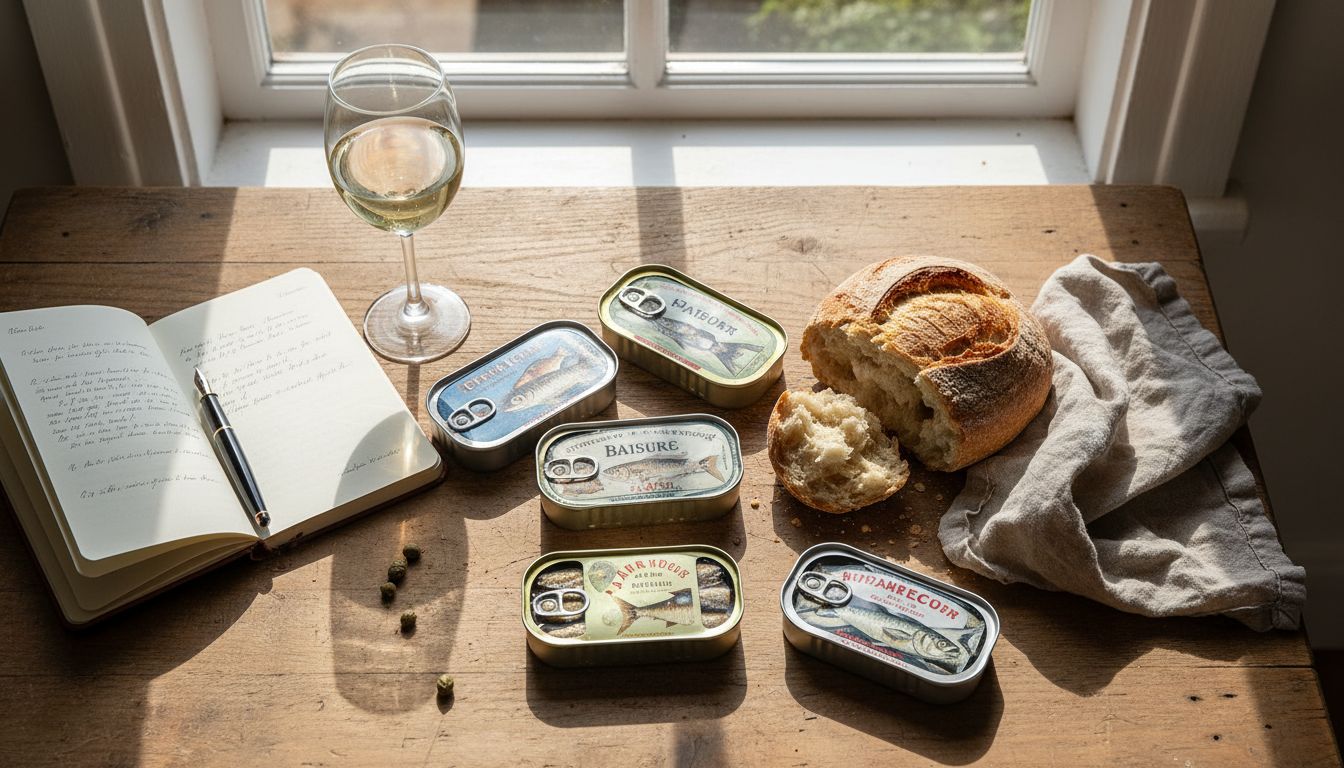Why Every Brand is Suddenly Obsessed With Sardines

Scroll through Instagram long enough and you’ll spot them: tins of sardines, lovingly arranged next to flaky sourdough, a spritz, and someone who probably has a vintage Peugeot parked just out of frame. But this isn’t just foodie fever. This is marketing, and it’s weirdly brilliant.
Sardines have become a design and branding darling. Fishwife, Scout, Ma Brine—they’re packaging oceanic tinned protein like it’s jewellery. And people are not only buying it, they’re collecting it. Flat lay shots, pantry tours, even candlelit dinners revolve around chic tins with serif logos and pastel lids. It’s less about dinner and more about vibes.
What happened? First, pandemic-era shelf-stable stocking went high fashion. Then a new wave of indie brands turned nostalgia into niche appeal. These aren’t budget fish. They’re $12 a pop, imported from Portugal, hand-packed by an artist named Lucía (probably). Brands realised they could wrap sustainability, story, and scarcity into one beautiful tin. For marketers, it’s private label heaven: high margins, low guilt, and an algorithm-friendly aesthetic.
It’s not really about sardines. It’s about how boring FMCG categories can become small luxuries when visual storytelling meets micro-trend culture. Forget toothpaste. Your next brand relaunch exercise should start at the fishmonger, or at least near the snack aisle. Something oily is happening, and it smells like opportunity.
Sardines have become a design and branding darling. Fishwife, Scout, Ma Brine—they’re packaging oceanic tinned protein like it’s jewellery. And people are not only buying it, they’re collecting it. Flat lay shots, pantry tours, even candlelit dinners revolve around chic tins with serif logos and pastel lids. It’s less about dinner and more about vibes.
What happened? First, pandemic-era shelf-stable stocking went high fashion. Then a new wave of indie brands turned nostalgia into niche appeal. These aren’t budget fish. They’re $12 a pop, imported from Portugal, hand-packed by an artist named Lucía (probably). Brands realised they could wrap sustainability, story, and scarcity into one beautiful tin. For marketers, it’s private label heaven: high margins, low guilt, and an algorithm-friendly aesthetic.
It’s not really about sardines. It’s about how boring FMCG categories can become small luxuries when visual storytelling meets micro-trend culture. Forget toothpaste. Your next brand relaunch exercise should start at the fishmonger, or at least near the snack aisle. Something oily is happening, and it smells like opportunity.